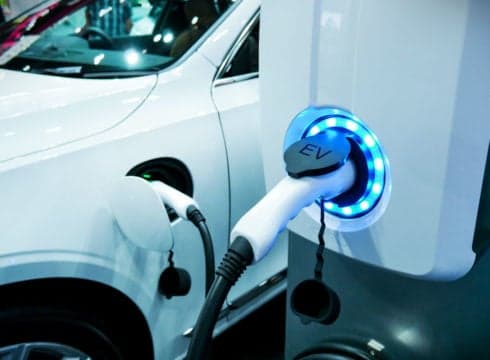Known as the feebate model, the plan would use taxes from traditional vehicles to subsidise EVs
Niti Aayog had proposed feebate plan in December 2018
The plan has been suspended ahead of the elections
Inc42 Daily Brief
Stay Ahead With Daily News & Analysis on India’s Tech & Startup Economy
The Indian electric vehicle sector continues to be covered in clouds as the central government has reportedly put a hold on its INR 7,500 Cr worth “Feebate” plan which was being considered in a bid to encourage emobility in the country ahead of the general elections.
The feebate model was first reported in December 2018 when the government think tank Niti Aayog was exploring the model to increase the tax on polluting vehicles and using the extra amount for giving subsidies to electric vehicles. This initiative would help discourage people from purchasing petrol vehicles and persuade them to opt for electric vehicles instead.
However, now the central government is of the opinion that any financial burden on automobile buyers could hurt their sentiments ahead of the general election.
According to the feebate plan, Niti Aayog had proposed taxing INR 500 more on people buying traditional two-wheelers, INR 1,000 on three-wheelers and an average of INR 12,000 on four-wheelers to generate extra income which could be used to provide electric vehicle subsidies.
Citing government sources, an ET report said that there is a consensus within the government that achieving extra-budgetary resources through a feebate model is necessary to push India towards emobility. However, the plan has been delayed as it may dissatisfy the consumers ahead of the 2019 Lok Sabha elections.
The initiatives for achieving the emobility goals for India seems doubtful at a point as the government has been unsteady on its plans.
This revelation comes in right after the Centre approved the much awaited second phase of Faster Adoption and Manufacturing of Electric Vehicles (FAME) scheme with an outlay of INR 10,000 Cr ($1.4 Bn) to be invested over a period of three years.
Under FAME II, the central government has proposed that it will set up of 2,700 charging stations, with the availability of at least one charging station in a grid of 3 kmx3 km and will also emphasise on adoption of electric vehicles for public transportation use.
The government is also considering incentives for hybrid vehicles along with electric vehicles. It is aimed at supporting the vehicles running on alternative fuel till electric vehicle become affordable.
According to a survey by the automobile company Maruti Suzuki, most of the Indian fleet operators are reluctant to pay a premium of more than 20% for an electric vehicle.
The state governments have been on the other hand been more bullish on the development of electric mobility in the states. Most recently, the Delhi Cabinet approved a proposal to deploy 1,000 low-floor electric buses in the state to counter the increasing air pollution levels.
It also allocated INR 100 Cr ($14.08 Mn) to the state electric vehicle fund in its 2019-20 budget. It also proposed an outlay of INR 1,807 Cr to aid the implementation of the transport department’s various schemes, programmes and projects.
{{#name}}{{name}}{{/name}}{{^name}}-{{/name}}
{{#description}}{{description}}...{{/description}}{{^description}}-{{/description}}
Note: We at Inc42 take our ethics very seriously. More information about it can be found here.


